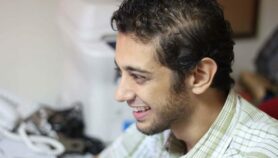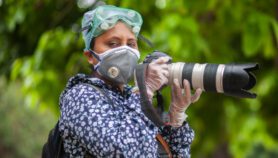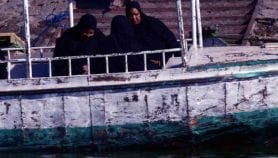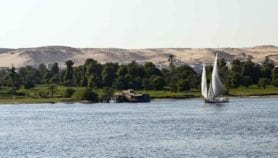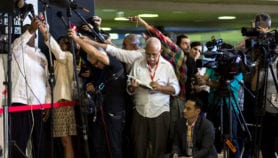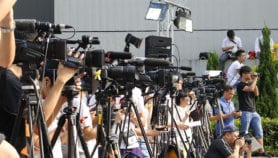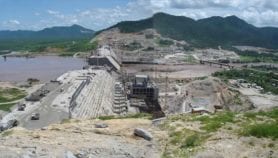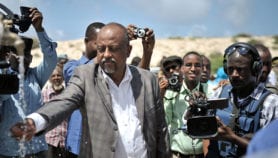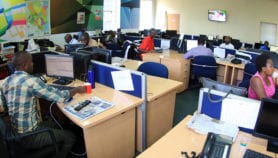03/03/19
Q&A: Over 30 trips planned at science media conference
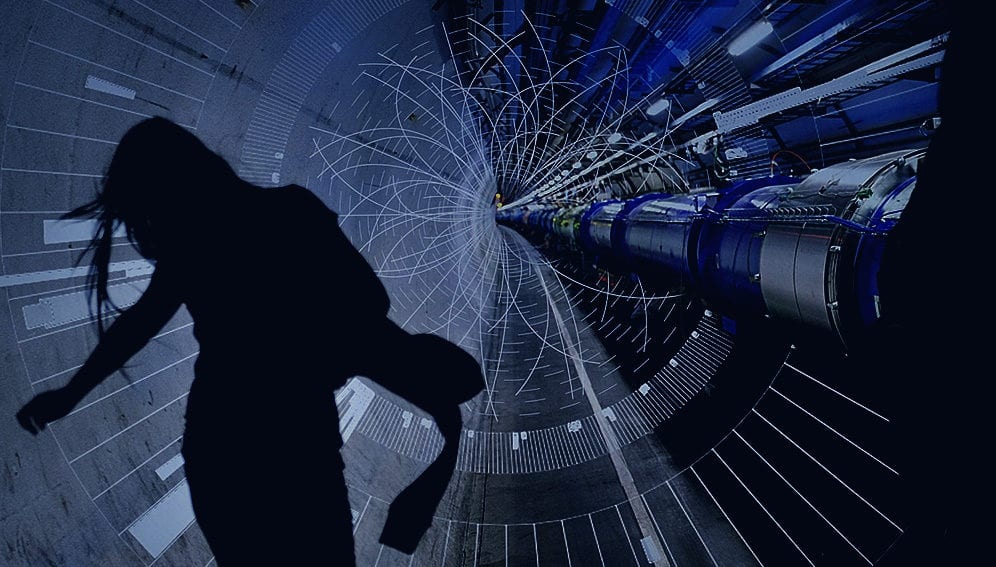
By: Aleida Rueda
Send to a friend
The details you provide on this page will not be used to send unsolicited email, and will not be sold to a 3rd party. See privacy policy.
The global community of science journalists is looking ahead to the year’s most important event, set to take place in July in Switzerland. With the majestic mountains of Lausanne as a backdrop, the XI edition of the World Conference of Science Journalists (WCSJ19) will bring together journalists and students from all over the world to exchange ideas and skills, build collaborative networks and foster quality science journalism.
The WCSJ19 offers an extensive menu of tours: more than 30 field trips to research centers, laboratories and experiments, in fields ranging from particle physics and the neurosciences to climate change and big data.
One of the people responsible for this appetizing repertoire is Cristina García, a member of the organizing group and former intern at CERN (European Organization for Nuclear Research). In this interview with SciDev.Net, García spoke about what these visits mean for what Switzerland, France and Italy have to offer the more than a thousand people expected to land in Lausanne in the summer.
What drove your selection and design of the field trips?
The trips we have prepared will offer exceptional opportunities to dive into pioneering research. Switzerland is a true laboratory, and one of the most fertile ecosystems in terms of scientific innovation. There, you can find the academic community and best research talent, combined with the headquarters of large public and private multinationals. The programme we have put together includes meetings with exceptional scientists in unique locations and laboratories. The aim is to showcase science developed in the three organising countries — Switzerland, France and Italy — and in others, including Russia and Jordan.
What kinds of places can journalists visit as part of the conference?
They can walk on a glacier while discussing research on climate change; or sleep in a mountain refuge with clean energy in Zermatt; or climb up to the highest railway in Europe, in the High Altitude Research Station Jungfraujoch, at 11,716 feet above sea level, where the role of gases in the greenhouse effect is being investigated.
There will also be visits to CERN, where participants will have exclusive access to the Large Hadron Collider. They could also visit the IBM Research Lab in Zurich, or learn about the science of winemaking in the Lavaux vineyards, declared a World Heritage Site by UNESCO.
How do you think these field trips, and the direct contact with the science that takes place in the region, contribute to strengthening global science journalism?
Most of the trips are interdisciplinary, and I think they will give journalists different points of view. We often see how the media pretend to have definitive information about science, but the truth is that science is not black or white; it is much more complex [than that]. Part of basic training for a science journalist is to include these nuances. And these tours will be useful for understanding that complexity, and provide resources for journalists from different places. In addition, journalists will have the opportunity to get in touch with representatives and spokespersons at [the various] institutions and projects. The visits will also help reporters get in contact with colleagues from other countries and stimulate collaboration.
The WCSJ conferences are, by definition, global. How relevant are these experiences to the needs of such a broad and diverse community?
Switzerland has a very multicultural environment. As an example, we have CERN or the headquarters of the World Health Organization, both international institutions where people from different countries and circumstances pursue a common goal. I think that this same spirit will apply to the conference, [with] the common goal of reaching new heights in science journalism.
Were there any difficult decisions to make regarding the field trips?
It was difficult to find a balance between all the themes — health, environment, technology, etc. In some cases, we felt that the organisation of field trips was taken for granted. But there is a lot of work and coordination behind them. As with any large-scale project, there have [also] been difficult decisions such as limiting a certain number of participants for each field trip. But we worked to offer the best of these experiences.
Details on all the field trips available as part of the WCSJ2019 are available on the conference page.


